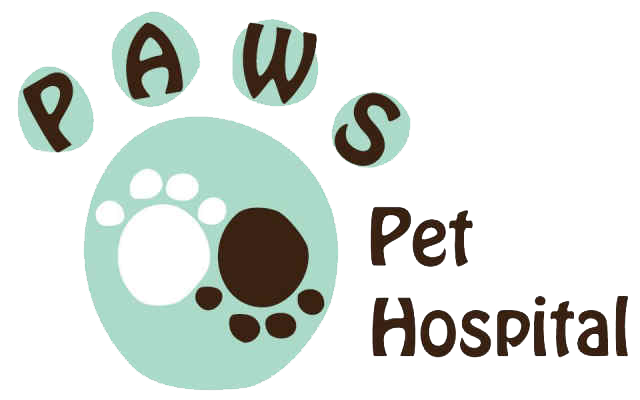Chlorfenapyr Poisoning
What is chlorfenapyr poisoning?
 Chlorfenapyr is a pesticide used to control nuisance and destructive insects, including cockroaches, bed bugs, and termites in home settings and gnats, thrips, and caterpillars in greenhouse-grown crops/ornamental plants. It is available as a liquid concentrate, aerosol spray, and aerosol fogger.
Chlorfenapyr is a pesticide used to control nuisance and destructive insects, including cockroaches, bed bugs, and termites in home settings and gnats, thrips, and caterpillars in greenhouse-grown crops/ornamental plants. It is available as a liquid concentrate, aerosol spray, and aerosol fogger.
Chlorfenapyr disrupts the ability of an animal cell to produce energy, which results in cellular death. Ingestion, inhalation, or skin absorption of chlorfenapyr can lead to poisoning in animals.
What are the clinical signs of chlorfenapyr poisoning?
Although reports of confirmed chlorfenapyr poisoning in the medical literature are sparse and limited to humans and dogs, it is suspected that any animal can develop clinical signs following toxic exposure. Acute signs in dogs include panting, vomiting, stiff rear-legged gait, collapse, and death. These signs occur within 60–90 minutes of ingestion and are expected following consumption of a toxic dose.
Later onset clinical signs are reported hours after ingestion in dogs, and include a high fever, wobbly gait, and agitated behavior. If you suspect your pet has been exposed to chlorfenapyr, immediately call your veterinarian or Pet Poison Helpline, a 24/7 animal poison control center, at 1-800-213-6680.
How is chlorfenapyr poisoning diagnosed?
Chlorfenapyr poisoning is suspected if a pet has access to this pesticide and subsequently develops expected signs. It should also be suspected in a pet that is exhibiting signs and at risk of malicious poisoning. No specific changes in blood counts or serum chemistries are reported in dogs, but chlorfenapyr-intoxicated humans have lab work indicating kidney injury, pancreatic inflammation, and muscle breakdown. These same findings may occur in dogs.
Magnetic resonance imaging (MRI) changes in people include fluid accumulation (swelling) and loss of myelin (the tissue that covers important nerves) in the spinal cord and brain. These changes may also be possible in dogs. Confirmatory diagnosis of chlorfenapyr poisoning can be made by analyzing blood, tissue, stomach contents, or suspected malicious bait for the presence of the toxin using specialized testing.
How is chlorfenapyr poisoning treated?
Due to a narrow margin of safety and high risk for death, pet owners should seek immediate veterinary care for any pet exposed to chlorfenapyr. Treatment includes aggressive decontamination, supportive and symptomatic care of clinical signs, and hospitalization at a facility that provides continuous veterinary supervision. Unfortunately, there is no antidote for chlorfenapyr poisoning.
What is the prognosis for chlorfenapyr poisoning?
Chlorfenapyr has a narrow margin of safety. Prognosis is based on the dose ingested and speed of treatment if clinical signs develop. Some pets develop clinical signs and can pass away within hours of ingestion. Other pets can develop clinical signs days after ingestion, making diagnosis difficult and treatment options limited.

Pet Poison Helpline, an animal poison control center based out of Minneapolis, MN, is available 24/7 for pet owners and veterinary professionals that require assistance treating a potentially poisoned pet. The staff provides treatment advice for poisoning cases of all species, including dogs, cats, birds, small mammals, large animals, and exotic species. As the most cost-effective option for animal poison control care, Pet Poison Helpline’s per-incident fee includes follow-up consultations for the duration of the poison case. Pet Poison Helpline is available in North America by calling 800-213-6680. Additional information can be found online at www.petpoisonhelpline.com.
© Copyright 2025 LifeLearn Inc. Used and/or modified with permission under license. This content written by LifeLearn Animal Health (LifeLearn Inc.) is licensed to this practice for the personal use of our clients. Any copying, printing or further distribution is prohibited without the express written consent of LifeLearn. This content does not contain all available information for any referenced medications and has not been reviewed by the FDA Center for Veterinary Medicine, or Health Canada Veterinary Drugs Directorate. This content may help answer commonly asked questions, but is not a substitute for medical advice, or a proper consultation and/or clinical examination of your pet by a veterinarian. Please contact your veterinarian if you have any questions or concerns about your pet’s health. Last updated on Apr 3, 2025.

